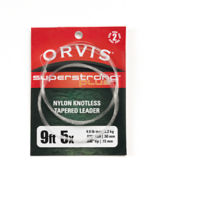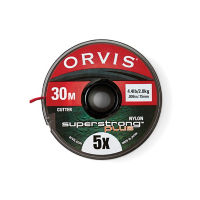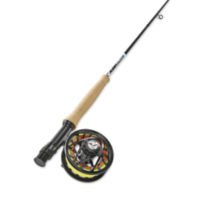Fishing Outlook & Conditions
Water Temp:
37
ArkAnglers's Tip of the Week
The river is in great shape and is fishing well for early January, especially in the lower basin that offers a wider productive window on the water than the river further north. Temperatures are very mild this week which has prompted stronger feeding activity from trout. Slower, deeper runs and pools are the primary lies now for fish through the colder months. Midges (#18-22) are the primary forage with sporadic hatches prompting localized surface feeding from trout. We're also seeing fish feed opportunistically on golden stonefly nymphs and caddis larvae. Expect takes to be more subtle as water temperatures cool down, so pay attention to the minute movements of your indicator/sighter. Lots of water will be devoid of fish through the winter, so when you find a fish take note of the water type, depth, and speed to help locate other likely holding areas. Trout tend to congregate during the winter so where you find one you'll likely find several. 4x-5x tippet is appropriate for nymphing.
Directions open in app
Water Flow Data
5-Day Outlook as of 1/9/26
Mild weather is offering better fishing conditions and greater feeding activity from trout.
Techniques & Tips as of 1/9/26
Nymphing in midstream troughs and deeper structure.
Local Species Available Year Round (Prime March 1 - October 31)
-
Brown and Rainbow Trout
ArkAnglers's Recommended Fly Patterns
"Must-have" fly fishing patterns in descending order of importance:
| Name: | Colors: | Size(s): |
|---|---|---|
| Zebra Midge | Black, Red, Olive | 18-22 |
| Pheasant Tail | Natural | 14-20 |
| Perdigon/Bullet | Brown, Yellow, Olive, Pearl | 14-18 |
| Two Bit Stonefly | Golden, Brown | 8-14 |
ArkAnglers's Recommended Gear
-
Best Leader:
Super Strong Plus Leaders
-
Best Tippet:
SuperStrong Plus Tippet in 30- and 100-meter spools
-
Best Fly Fishing Rod:
5-Weight 9' Fly Rod
-
Best Floating Fly Line:
WF Trout Fly Line
-
Best Sinking Fly Line:
Bank Shot Sink Tip Fly Line



